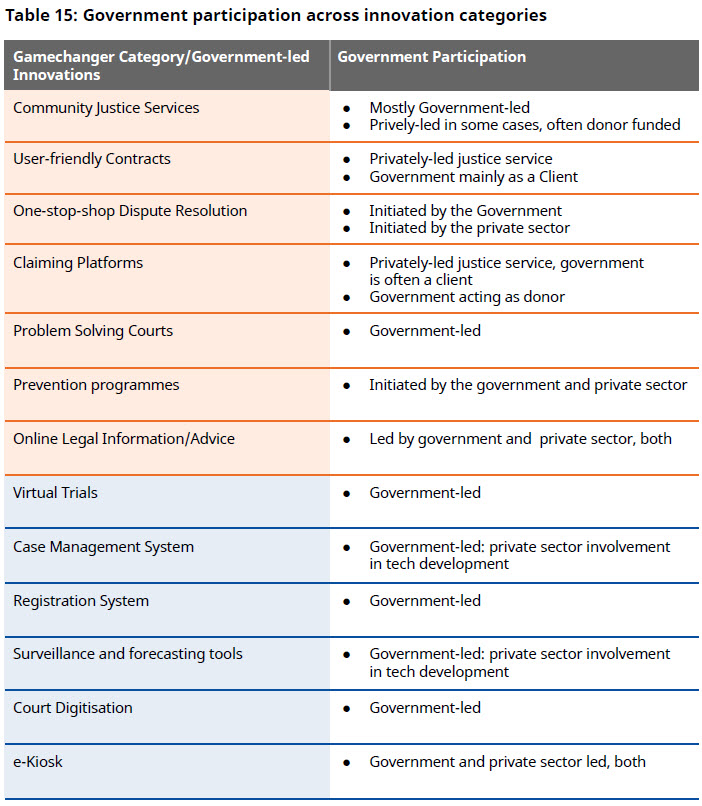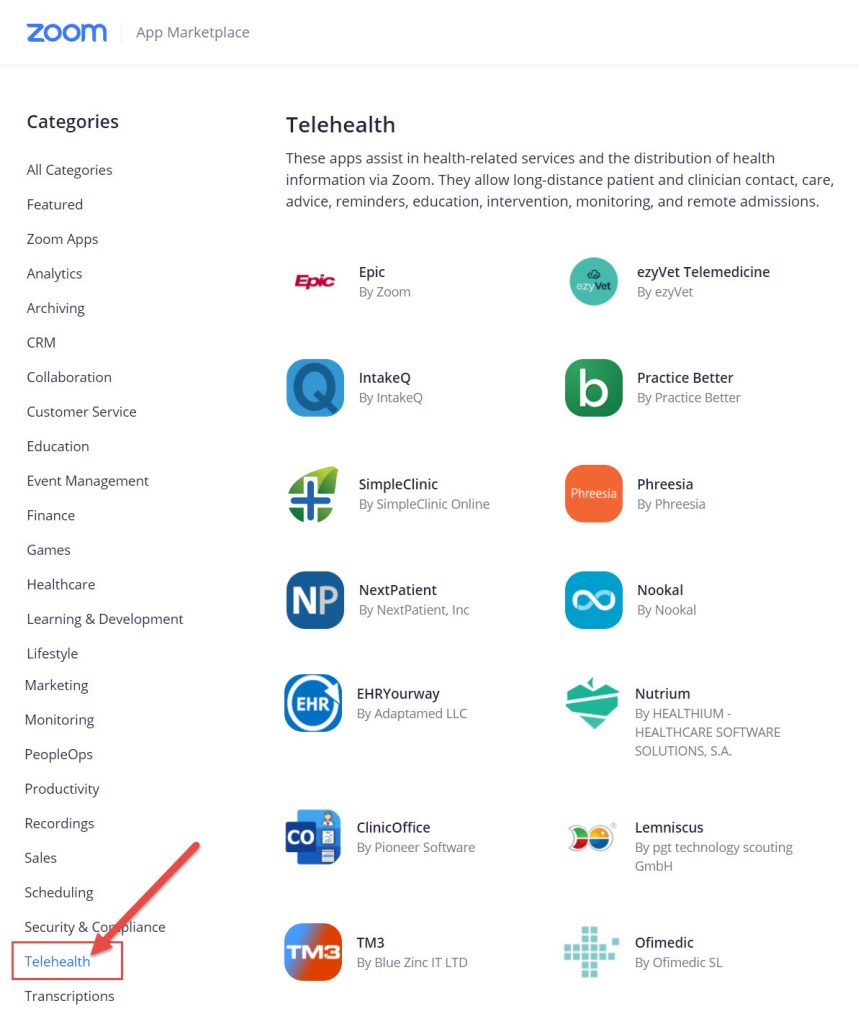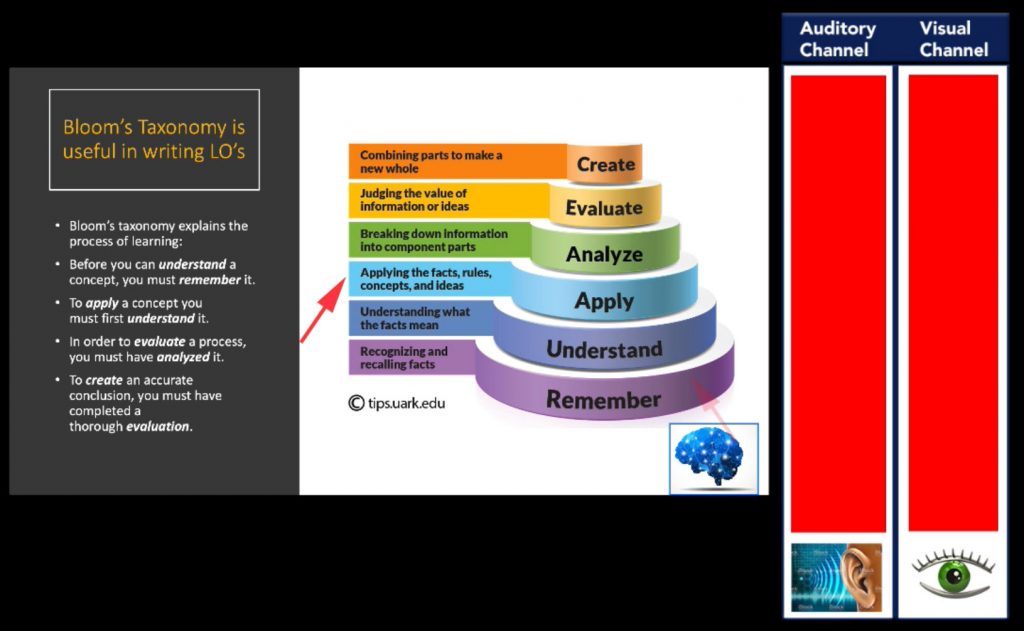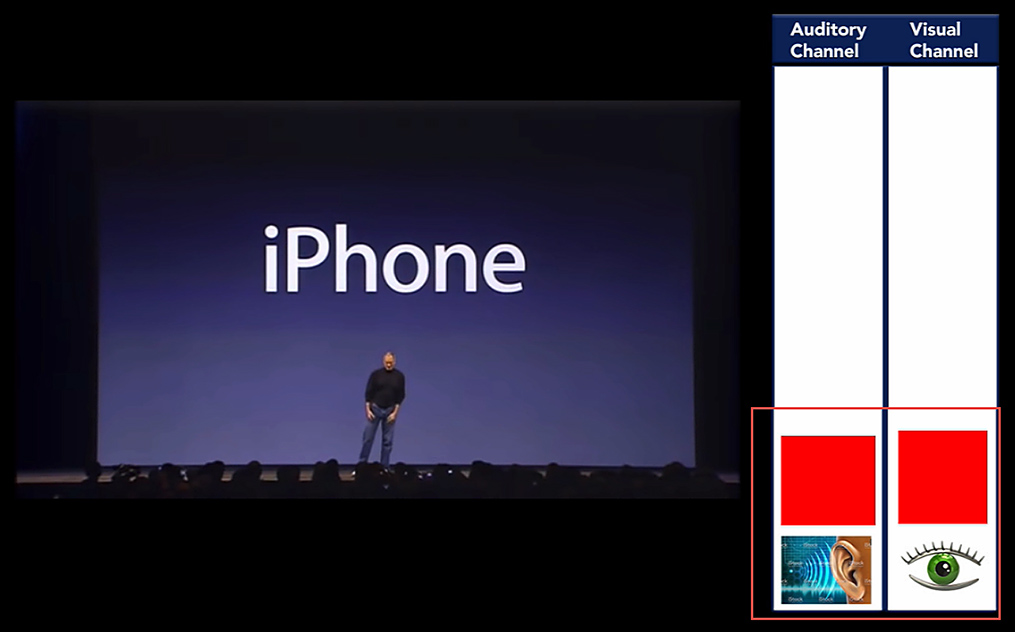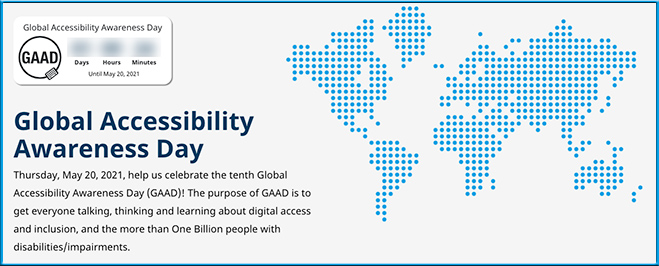Excerpt from “Use of digital technologies in judicial reform and access to justice cooperation — from HiiL (The Hague Institute for Innovation of Law)
Interesting list re: #telehealth and #zoom –>https://t.co/cDDkTO9zSu
DC: How soon/long before #telelegal has its own category as well?#videoconferencing #communications #emergingtechnologies #Internet #telecommunications #platforms
— Daniel Christian (he/him/his) (@dchristian5) August 19, 2021
No, it doesn’t need to be a Zoom — from wired.com by Chris Stokel-Walker
We’re wasting hours of our lives on inefficient video calls. Here’s how to decide when you should jump on a Zoom – and when not to
Excerpt:
Academic research has pinpointed four reasons why we’re growing sick of video calls. For one thing, we’re engaged in an unnaturally large amount of eye contact, which can prove exhausting, according to Jeremy Bailenson professor at Stanford University and founding director of the Stanford Virtual Human Interaction Lab. We’re also stressed out by being confronted with our own face for hours on end (even if you can’t stop staring at it). Bailenson compares it to be followed around with a mirror all day.
From DSC:
What comes to my mind here is that videoconferencing — and meeting in general — requires mental work — and thus energy. Why? Because, as I mentioned in this posting, we are constantly processing auditory and visual channels.
From DSC:
So having to process auditory and visual information hour after hour takes major energy! And some presentations/presenters require a lot more energy than others.
Career Tracker: Virtual firms hit an industry milestone as hires continue — from reuters.com by Sara Merken & Arriana Mclymore
Virtual law firm FisherBroyles announced Tuesday that it has cracked the Am Law 200, saying it’s the first non-traditional, so-called distributed law firm to rank among the top 200 highest-grossing U.S. firms.
The 300-partner firm said its annual gross revenue reached $113 million in 2020, adding that in the last year alone it added 51 new partners “almost entirely from Am Law 100 and 200 ranked firms.” It cited the role of the pandemic, which upended expectations about remote work, in spurring its growth and accelerating the adoption of its mostly cloud-based approach to legal services.
2021 Report on the State of the Midsize Legal Market — from legal.thomsonreuters.com; with thanks to Gabe Teninbaum for this resource and the resource below
Managing through the endless changes of 2020 uncovered both challenges and opportunities for law firms. The past year was an exercise in responding swiftly and decisively to massive disruptions. 2021 may allow for a strategic reassessment of what works — or no longer works — in this new environment.
Download the “Report on the state of the midsize legal market” for a look back at midsize law firms’ performance, the strategies they employed to preserve profitability throughout the year, and the unique opportunities that exist for them.
Also see:
The fate of midsize firms in a post-pandemic world — from abovethelaw.com by Nicole Black
Excerpts:
Of course, the effect of the pandemic on the practice of law varied greatly from one firm to the next. Often, the impact was largely dependent on firm size, geographic location(s), practice area(s), and, of course, technology readiness. For example, some firms were already operating in the cloud and were able to quickly pivot to remote functionality and were easily able to communicate with clients and colleagues, accept online signatures and payments, and quickly access documents and law firm data. For other firms, the transition to remote work was a much more difficult one.
Law firms leaders quickly learned that a willingness to adopt new technologies into their firms was a requirement for survival during the pandemic.
…
The bottom line: we’re going to be entering a “new normal” on the other side of the pandemic and the old school ways of thinking and doing business simply won’t cut it. An innovative mindset is key, and this includes a willingness to: 1) adapt when needed, and 2) invest in cutting edge technologies that will ensure built-in efficiency and flexibility.
Unbundled law firms find success offering virtual legal services — from abajournal.com by Lyle Moran; with thanks to Gabe Teninbaum for this resource
Excerpt (emphasis DSC):
The Law Shop by Skogerson McGinn in Van Meter, Iowa, provides unbundled legal services, which means it helps clients with specific legal tasks rather than assisting them with their entire cases or matters.
In the family law realm, its unbundled offerings include coaching self-represented litigants on filling out divorce forms and preparing child support worksheets.
By emphasizing this nontraditional approach, also known as limited-scope representation, The Law Shop has attracted inquiries from consumers across the state seeking affordable legal assistance.
Digital upskilling in legal: More than just new technology — from legalexecutiveinstitute.com by Bob Dolinsky; with thanks to Gabe Teninbaum for this resource
Excerpt:
How many law firms have digital upskilling programs for their lawyers and staff members? Based on what I hear and read, very few, if any.
Amazon, for example, recently announced a commitment of more than $700 million to its “Upskilling 2025” program, an internal training initiative designed to promote customer satisfaction and worker advancement. Another example is PwC, which has a digital upskilling program to develop its in-house talent pool called “New world. New skills.” In 2019, PwC announced that it would invest $3 billion into job training for its 275,000 employees around the world, enhancing its workforce and client service delivery to better address emerging digital needs.
The goals of these and similar initiatives is to help ensure that employees have the skills in the digital arena to be successful, to position these organizations as preferred employers, and to provide customer and client service excellence.
Also from Gabe:
- The Geek in Review Ep. 112 – Dan Packel on the Rise of Distributed Law Firms — from geeklawblog.com by Greg Lambert & Marlene Gebauer
- Zoom Court Is Changing How Justice Is Served — ftom theatlantic.com by Eric Scigliano
For better, for worse, and possibly forever
“Virtual justice” (the preferred, if unsettling, term) is an emergency response to a dire situation. But it is also a vision some judicial innovators had long tried to realize. One leading booster, Michigan Chief Justice Bridget Mary McCormack, told me that going online can make courts not only safer but “more transparent, more accessible, and more convenient.” Witnesses, jurors, and litigants no longer need to miss hours of work and fight traffic. Attorneys with cases in multiple courts can jump from one to another by swiping on their phones.
Are virtual public meetings here to stay? — from jdsupra.com by Michael Maurer & William Shepherd
From DSC:
I just thought this was an interesting question/idea…
What will the hospital of the future look like in a post COVID-19 world? — from protocol.com by Jeroen Tas and Sean Carney
Excerpt (emphasis DSC):
One thing we have realized is that COVID-19 has accelerated three transformational trends that already existed before the pandemic, but are now dramatically reshaping healthcare: the concept of a networked healthcare system, the increasing adoption of telehealth, and the idea of virtual care and guidance. At the same time, we have seen consumers becoming much more engaged in their personal health and that of their families.
From DSC:
Next up…telelegal; and, possibly, more virtual courtrooms.
Also see:
- How can screen sharing be used in healthcare? — from blog.webex.com
Excerpts: Virtual consultations | Training and education sessions | RPM and other remote treatments | Annotations - How therapists respond to telehealth — from adigaskell.org









